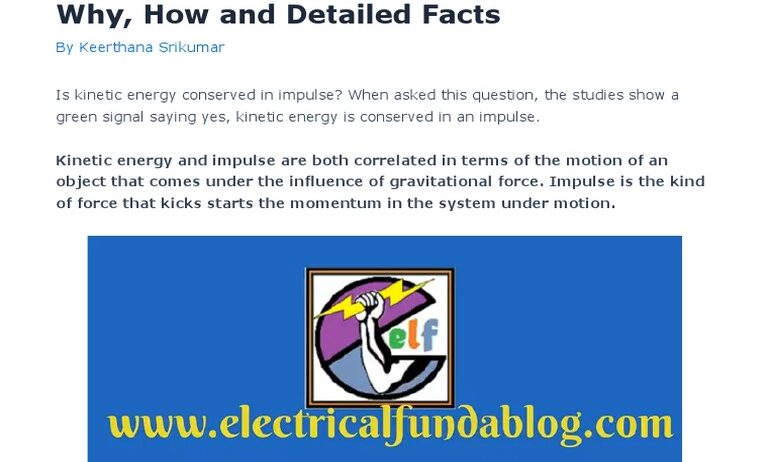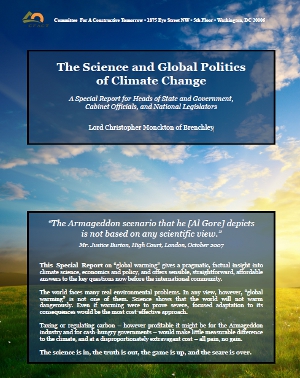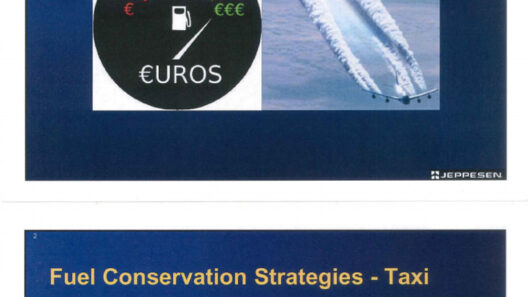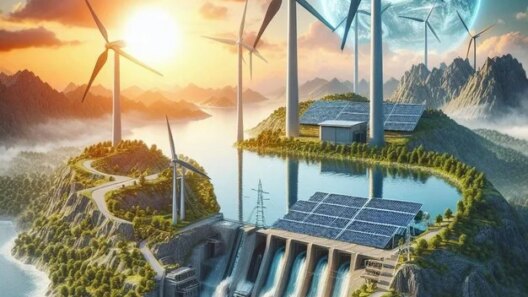Kinetic energy is a versatile concept in physics, often encapsulated in the formula ( KE = frac{1}{2}mv^2 ), where ( m ) represents mass and ( v ) indicates velocity. However, there are numerous circumstances in which kinetic energy is not conserved. This phenomenon invites a deeper examination of how energy is transformed and lost, eliciting both curiosity and appreciation for the principles governing our physical world.
At its core, energy conservation postulates that the total energy of an isolated system remains constant over time. While this principle holds true in conservative systems—where forces like gravity do not dissipate energy—numerous real-world scenarios unfold where kinetic energy seems to evaporate, transforming into other forms of energy. Such scenarios frequently occur during collisions, frictional interactions, and various mechanical systems. Each instance of non-conservation provides a lens through which to explore the intricate dance of energies.
When two objects collide, the exchange of kinetic energy can yield surprising outcomes. In perfectly elastic collisions, both momentum and kinetic energy are conserved. However, real-world collisions often exhibit inelastic characteristics. In these less-than-ideal interactions, a portion of kinetic energy is transformed into other forms, notably heat or sound. For instance, when a car impacts another vehicle, the crumpling of metal and the heat generated from friction absorb kinetic energy, leading to a net loss in kinetic energy. Before this transition, the kinetic energy was instrumental in the vehicle’s motion; post-collision, it dissipates, leaving behind structural deformation and increased temperatures. This instantiates the reality that not all energy presents itself in a form conducive to performing work.
It is enlightening to consider the implications of energy loss in broader contexts, such as the environment and technology. The first law of thermodynamics reinforces that energy, while not created or destroyed, is often irreversibly transformed. The transformation suggests inefficiency, which has profound implications on energy conservation efforts. In mechanical systems, energy losses due to friction and air resistance highlight an omnipresent challenge in engineering and environmental sustainability.
Friction serves as a prime example of energy dissipation. In mechanical devices, such as engines or turbines, kinetic energy is invariably lost as heat due to friction between moving parts. This phenomenon is not merely a trivial inconvenience; it necessitates rigorous engineering solutions to minimize inefficiencies. Grease, lubricants, and advanced materials aim to decrease frictional forces, thereby preserving kinetic energy and optimizing performance. Additionally, the pursuit of low-resistance bearings and aerodynamics in forms such as streamlined vehicles reflects humanity’s ongoing efforts to harness kinetic energy more effectively.
Another critical realm of exploration lies in the role of sound energy as a byproduct of kinetic energy loss. During inelastic collisions, sound waves emanate from the impact, transferring energy away from the colliding bodies. The perception of sound introduces an auditory dimension to kinetic energy loss, illustrating the multifaceted nature of energy interactions. Indeed, the screeching of tires or the crunching of metal during an accident is an audible representation of energy transformation, marking the transition from kinetic energy to heat and sound.
As complex as these transformations are, they transcend mere theoretical constructs and permeate our everyday lives. Take, for instance, the phenomenon of a rolling ball coming to a stop. Initially, its kinetic energy is apparent in its motion. However, as it rolls along the ground, friction from the surface gradually converts that kinetic energy into thermal energy, rendering the ball motionless. Such natural occurrences raise questions about the implications of energy conservation on an ecological scale.
The implications of non-conserved kinetic energy extend into ecological awareness. In nature, energy transformations illuminate the interconnectedness of systems. Predator-prey interactions often exhibit fascinating examples. A predator relies on kinetic energy to capture its prey. Despite this, energy does not remain in the system; predators expend energy that could otherwise be converted into growth or reproduction. Consequently, understanding energy loss through kinetic interactions enriches our comprehension of biological systems and the delicate balance maintained in ecosystems.
Cognitive acknowledgment of these energy transformations fosters a deeper understanding of sustainability. Recognizing that energy does not disappear but instead transforms compels an urgent need to innovate and strategize for energy efficiency. In tandem with engineering advancements, architecture that exploits passive solar heating or vehicles designed for minimal aerodynamic drag signify movements toward sustainability. Each innovation serves as a testament to humanity’s profound responsibility to responsibly manage energy resources.
The examination of when kinetic energy is not conserved ultimately unveils a complex interplay between various energy forms. It challenges us to consider why energy appears to vanish and compels an understanding that energy does not exist in isolation. Every transformation brings with it questions of efficiency, waste, and sustainability, demanding a comprehensive reevaluation of our interactions with energy. The knowledge gained from understanding kinetic energy loss, in addition to its broader implications, ultimately enhances our commitment to fostering balanced ecosystems, technological advancement, and conscious consumption.







